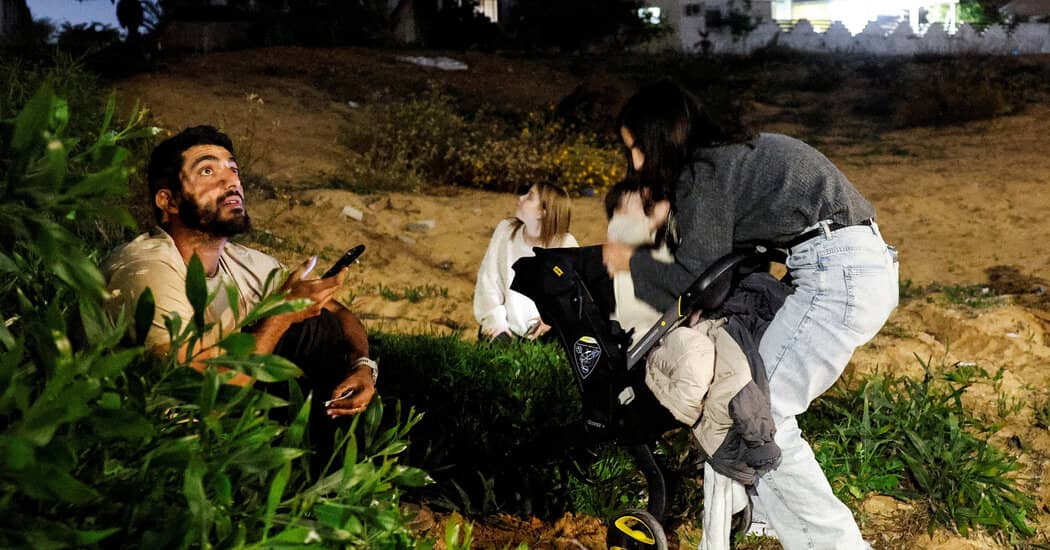news analysis
Even as battles with its enemies on its borders appear to be winding down, Israel is being challenged by intensifying attacks by the Houthi militia in Yemen, 1,000 miles away.
Reporting from Jerusalem
For years, the Houthis were the enemy most Israelis didn’t know they had.
Now the Iranian-backed militia that controls much of northern Yemen, over a thousand miles from Israel, is keeping them up at night — literally — with a string of attacks on Israeli soil. And challenged by a lack of precise intelligence on the whereabouts of the group’s leaders and weapons stores, analysts say, Israel is struggling to stop them.
After months of sporadic missile and drone launches toward Israel in solidarity with Hamas, their Palestinian ally in Gaza, the Houthis recently escalated a campaign against Israel, launching ballistic missiles toward it almost nightly over the past week.
The militia appeared undeterred even after Israel’s war planes on Thursday carried out their fourth and most brazen round of retaliatory strikes in Yemen, damaging the international airport in the capital, Sana, and other infrastructure.
The Houthis then fired a missile toward Tel Aviv before dawn on Friday and another around 2 a.m. on Saturday, setting off air raid sirens. Both missiles were intercepted, but the sirens sent millions of people running into bomb shelters in their pajamas.
The militia has withstood years of bombardment by a Saudi-led coalition that tried to oust it, pressure from Emirati-backed forces supporting the internationally recognized government in Yemen, and American and British strikes in retaliation for Houthi attacks on shipping in the Red Sea. Now it is displaying a similar resilience against Israel.
We are having trouble retrieving the article content.
Please enable JavaScript in your browser settings.
Thank you for your patience while we verify access. If you are in Reader mode please exit and your Times account, or for all of The Times.
Thank you for your patience while we verify access.
Want all of The Times? .
Source: www.nytimes.com
